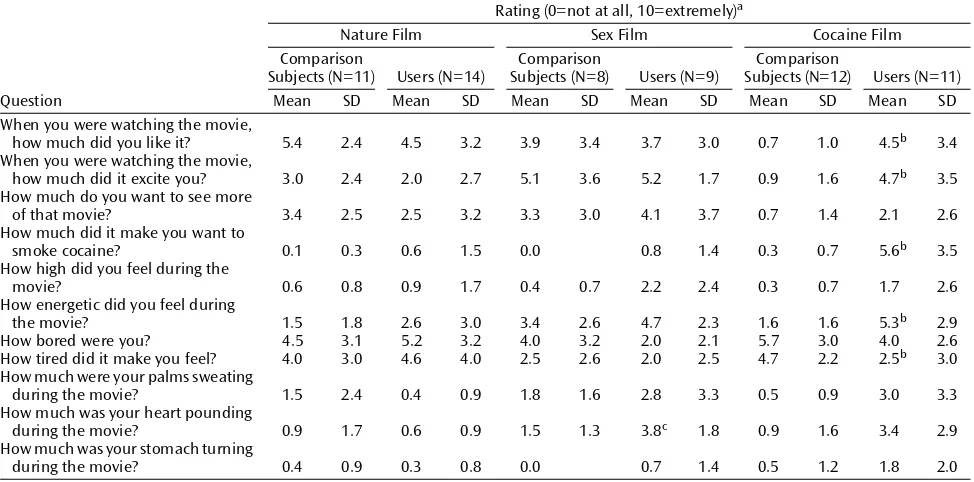Cue induced cocaine craving: Neuroanatomical specificity for drug users and drug stimuli
Full text
Figure




Related documents
In addition commuters at bus stop can request for a bus by keying in from his/her mobile which the agent based system of bus company receives and accordingly expected arrival time
Resolved, That it is the intent of the Executive Council to create a body to assist in promoting the development of Indigenous (Native American) ministries. In order to help
During programming the decoder addresses of each clamp bar of the light signal-decoder is an individual assignment possible if two Hsi2- or Hsi3-signals or one Fsi2-, Fsi3-, Hsi4-
Lord, we pray that in your goodness and mercy your Holy Spirit may descend upon us, and upon these gifts, sanctifying them and showing them to be holy gifts for your holy people, the
Type of Program: Behavioral Health Services, Psychiatry, Counseling, Social, Work & Case Management. Population served: Military personnel and
That correspondence from Liane Voormeij dated 25 January and email from Larry Braley dated 5 February regarding Kaslo Bean Roasting be received, forwarded to Glen Stewart, and
The number of instances of parasuicidal behavior demonstrated a different pattern, as the individuals receiving DBT/PR had fewer instances of self-harm at three months prior to
The Energy Employees Occupational Illness Compensation Program Act (EEOICPA), enacted in 2000, provides cash and medical benefits to workers who were involved in the development,

